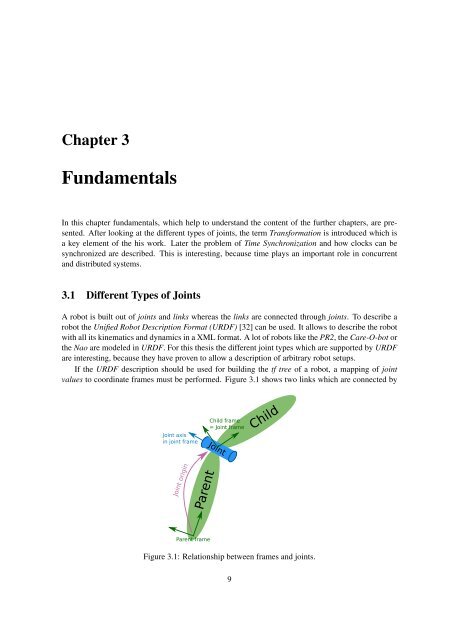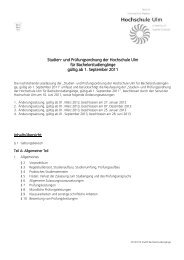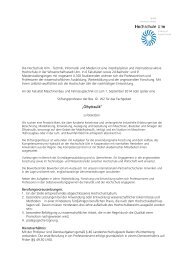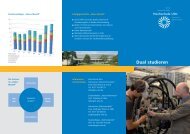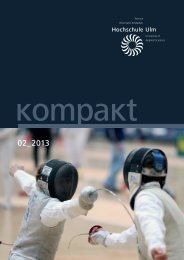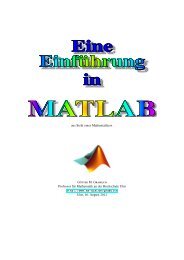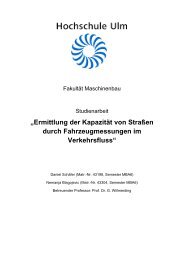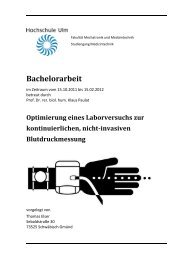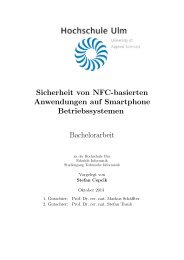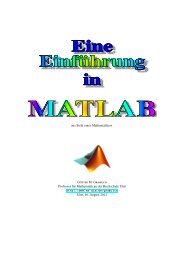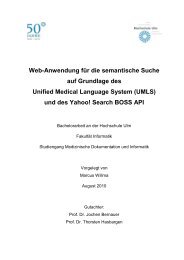PDF 1.938kB
PDF 1.938kB
PDF 1.938kB
You also want an ePaper? Increase the reach of your titles
YUMPU automatically turns print PDFs into web optimized ePapers that Google loves.
Chapter 3<br />
Fundamentals<br />
In this chapter fundamentals, which help to understand the content of the further chapters, are presented.<br />
After looking at the different types of joints, the term Transformation is introduced which is<br />
a key element of the his work. Later the problem of Time Synchronization and how clocks can be<br />
synchronized are described. This is interesting, because time plays an important role in concurrent<br />
and distributed systems.<br />
3.1 Different Types of Joints<br />
A robot is built out of joints and links whereas the links are connected through joints. To describe a<br />
robot the Unified Robot Description Format (URDF) [32] can be used. It allows to describe the robot<br />
with all its kinematics and dynamics in a XML format. A lot of robots like the PR2, the Care-O-bot or<br />
the Nao are modeled in URDF. For this thesis the different joint types which are supported by URDF<br />
are interesting, because they have proven to allow a description of arbitrary robot setups.<br />
If the URDF description should be used for building the tf tree of a robot, a mapping of joint<br />
values to coordinate frames must be performed. Figure 3.1 shows two links which are connected by<br />
Joint axis<br />
in joint frame<br />
Child frame<br />
= Joint frame<br />
Joint<br />
Child<br />
Joint origin<br />
Parent<br />
Parent frame<br />
Figure 3.1: Relationship between frames and joints.<br />
9


